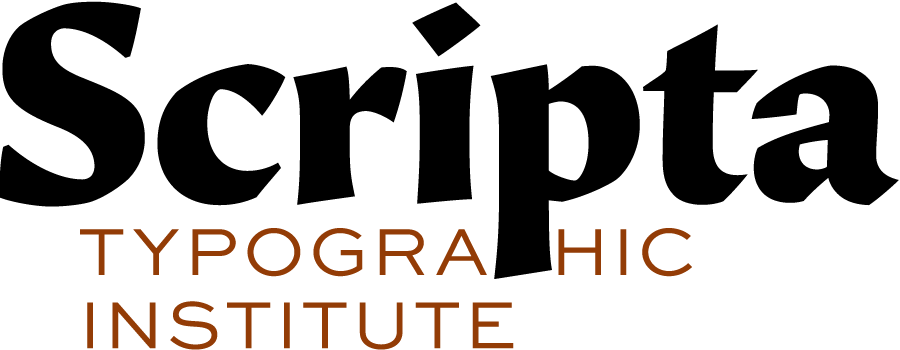[First of a series of short snapshots of Where We Are, and where we might be going, by people intimately involved in the development of better typography onscreen.]
by Jason Pamental
Since their announcement in Warsaw at ATypI in 2016, I’ve been a huge believer that variable fonts will be a bigger deal for designing on the web (and digital platforms in general) than anything since responsive web design itself. One year on, and I stand firmly by that belief.
For centuries, typography has shaped the way we ‘hear’ what we read. On the web that desire to ‘tune the message’ has been at the crux of a conflict between design, user experience, and performance. As designer, we want a broad vocal range, but have to balance that with the words actually showing up – and how much data transfer is required for them to do so. Since our current ‘normal’ requires a different file download for every width, weight, and variant – that tension is increasingly high.
No more.
Variable fonts are a format that can include every width, weight, slant, and myriad other permutations of a typeface, in a single font file. Dynamic range, performance, better experience: solved. But that’s just a start. We can tailor the experience to screen size, language, even ambient light—by modulating width of characters based on viewport, or increasing the grade or contrast of the letters based on the environment in which they are viewed. It challenges our notion of what typography is, and lets us push beyond anything before possible. Pretty heady stuff.
October 10, 2017
